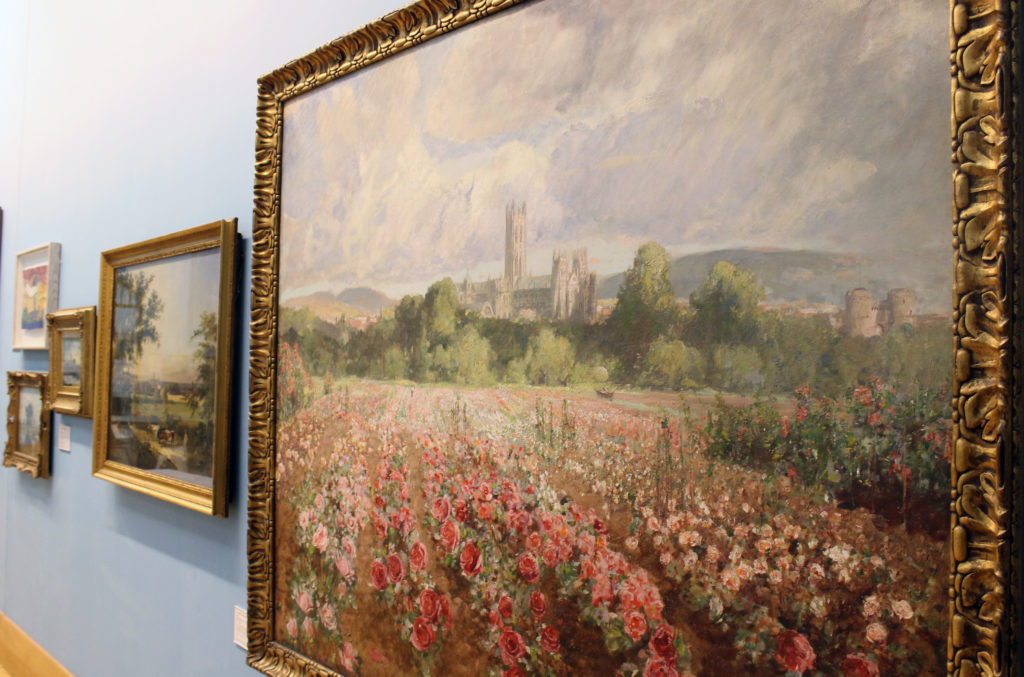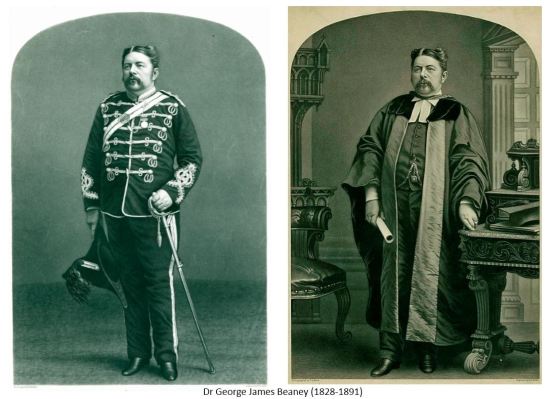
Easter fun at the museums!
Exhibitions, trails and activities; six fun things for all the family to enjoy at The Beaney and...
But how exactly did the building you see today come about? And whose, quite frankly, brave idea was it to tear down a popular pub and build a museum…
Canterbury Museum had been bought in 1846 by Canterbury Corporation from the Canterbury Philosophical and Literary Institution, the first ‘Mechanics Institute’ outside London. Founded in 1769 as the Canterbury Historical Society for the Cultivation of Useful Knowledge, the group had met weekly at the Guildhall Tavern before building new premises in 1825 at Guildhall Street and re-forming under a new name. The ‘Phil and Lit’ museum had displays of fossils and minerals from Francis Crow, a clockmaker, inventor and geologist of Faversham and Margate; birds, insects, shells, coins; what was described in the museum catalogue as ‘Comparative Anatomy’; and objects illustrating ‘the Manners and Customs of different Nations’. The Reading Room was available to ‘working men of the city’ for one penny per week. Discussion was taking place nationally about the need for town councils to establish museums and libraries, leading to an Act of Parliament in 1858. That year Canterbury Corporation opened a Free Library.
And then came along a man named Dr James George Beaney…
Dr Beaney was the son of a labourer, was born in Canterbury and apprenticed to the surgeon, William James Cooper, brother of the famous cattle-painter Thomas Sidney Cooper. He studied medicine in Edinburgh and Paris before emigrating to Australia. There he became Honorary Surgeon at the Melbourne Hospital, and a pioneer of Australian child health, family planning and treatment of sexually transmitted diseases. A ‘bold surgeon’ and ‘flamboyant self-promoter’, Beaney gained notoriety for his surgery and the nickname ‘Diamond Jim’ due to his fondness for showy jewellery.

After his death in 1891 Dr Beaney left money in his will to the city of Canterbury, for the building of ‘an Institute for Working Men’, with amenities for men from poor backgrounds like his own. The city’s existing museum, founded in 1825, and free library, founded in 1858, had outgrown their premises and they needed a new building to house their collections. Canterbury Corporation persuaded the Charity Commissioners to use the money to build a new museum and library premises.
On 16 September 1897 the Mayor of Canterbury, George Collard, laid the Beaney Institute’s foundation stone. The architect was A.H.Campbell and the building was officially opened on 11 September 1899.
Queen Victoria in June 1899 ‘kindly consented that the part of the Beaney Institute which would form the Canterbury Museum should be styled “The Canterbury Royal Museum”‘, and the new building opened on 11 September.

Visitors from the 1930s to the 1950s recall ‘patting the head of a stuffed lion’ or seeing the ‘hand severed in a duel’ that was echoed in the film A Canterbury Tale by director Michael Powell. Re-displays in 1961 focused on Canterbury and East Kent material, which was moved to Canterbury Heritage and Roman museums during the 1980s to1990s. Building improvements have now enabled multicultural and natural history items to return to the Beaney from store.
